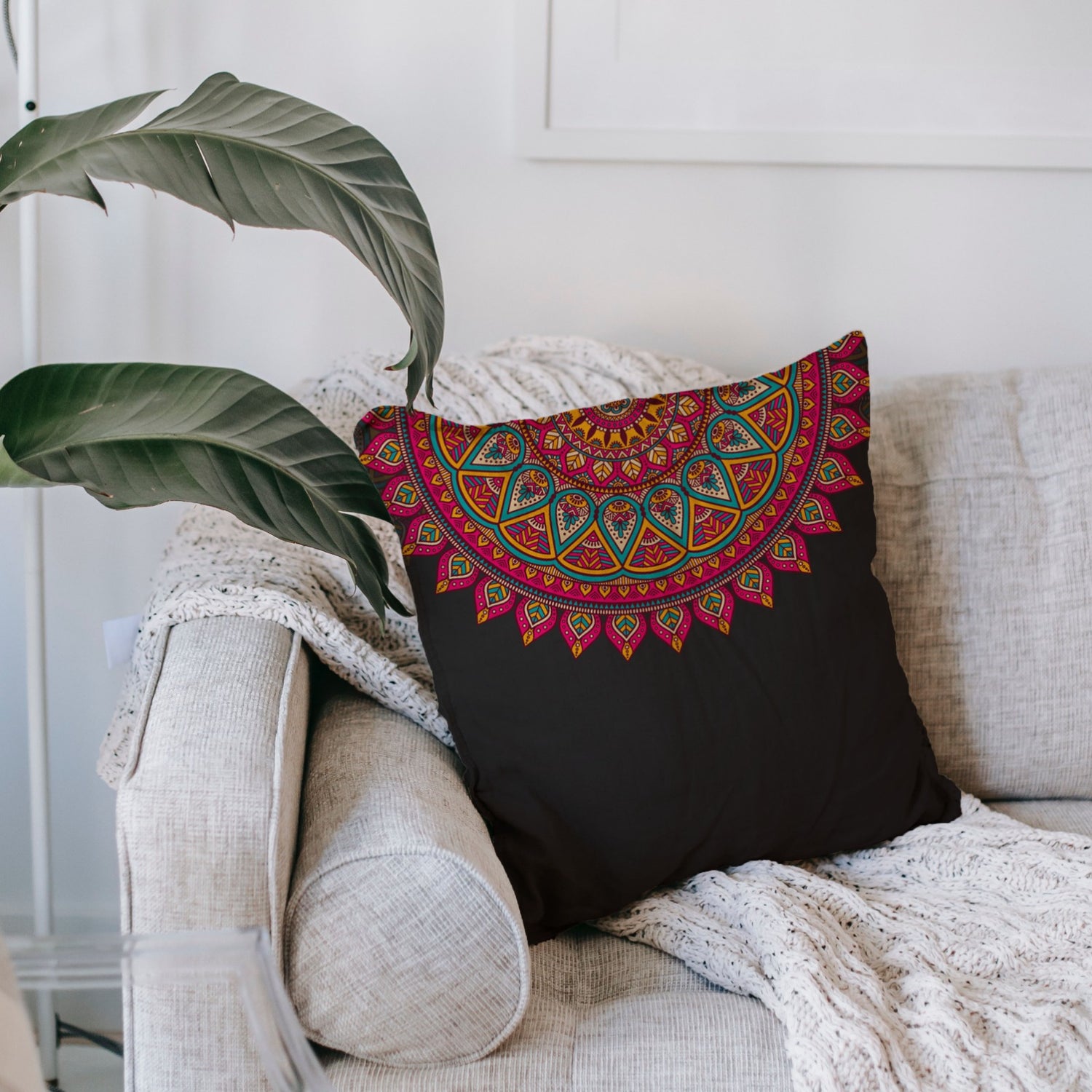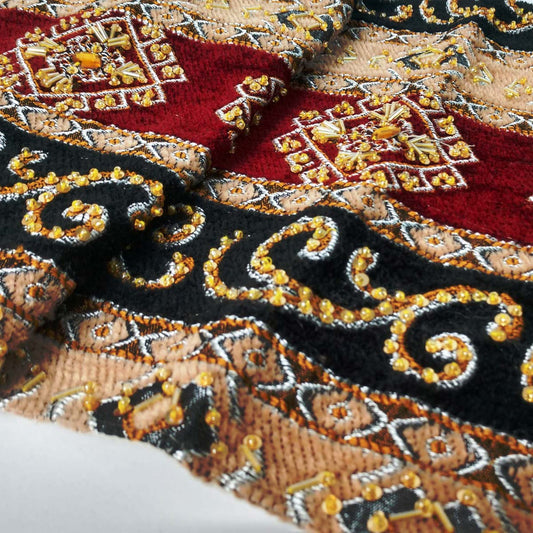A shelf is more than just a storage space. It serves as an opportunity to express your personality and enhance the beauty of your home.
Whether it's bookshelves, floating shelves, or wall shelves, mastering the art of shelving can transform your space into a visually beautiful curated sanctuary. In this article, you'll find valuable tips and tricks to help you create stunning decorations and bring your decorative items to life.
Start with a blank canvas:
Before you start organizing your decoration items, clear all existing items from your shelves. This allows a fresh start and gives you an empty workspace. Clean out the shelves and assess the available space considering the size, shape and number of shelves.
Define focal point:
A well-designed shelf should have an eye-catcher that draws attention to itself. Choose items that grab attention, such as unique sculptures, eye-catching works of art, and vases that make a statement. Place this item on one of the shelves, preferably at eye level or slightly higher to secure the display.
Create a perfect balance:
Achieving balance and symmetry is key to visually appealing shelving arrangements. Arrange items evenly on the shelf to balance their apparent weight. For example, if one side has a large item, on the other side he places two smaller items to balance it out. This creates harmony and prevents the shelf from looking messy or crooked.
Change height and size:
Avoid monotony by incorporating items of varying heights and sizes. Combine tall and low objects to add depth and visual interest. Try stacking books horizontally and vertically to achieve different heights. This technique helps break up the visual monotony and add dimension to your display.
Grouping and Hierarchy:
Grouping similar elements together can create a cohesive, unified look. For example, put together a collection of vintage glass jars, small plants, and ceramic vases. Additionally, layering objects on top of each other adds depth and creates visually pleasing arrangements. Try layering items or placing smaller items in front of larger items to create depth and dimension.
Let's play with textures and materials:
Add different textures and materials to add tactile appeal to your shelves. Combine smooth surfaces such as ceramic and glass with rougher textures such as woven baskets and wood. The texture contrast provides visual appeal and adds warmth to the overall look.
The power of negative space:
Do not overstock the shelves. Harness the power of negative space to make your items breathe and stand out. Leaving some space on each shelf keeps your display from looking cluttered. Negative space can also help draw attention to the object you're trying to showcase.
Customize with books and memorabilia:
Incorporate books, personal mementos, and sentimental items to add a personal touch to your shelves. Display your favorite book covers, display small trinkets and souvenirs, or incorporate meaningful family heirlooms. These personalized items add personality and tell stories about your interests and experiences.
In conclusion:
Mastering the art of shelving design requires a balance between creativity and organization. By following these tips, you can turn your shelving into an attractive display that reflects your personal style and enhances the beauty of your entire home. Experiment with different arrangements, take your time building your collection, and don't be afraid to express your personality through your shelf design. Happy styling!























